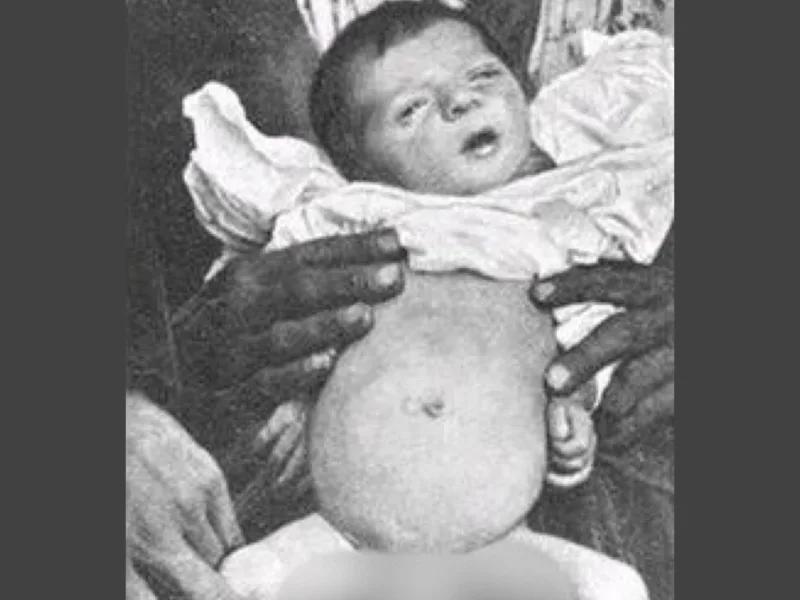A rare and extraordinary medical phenomenon has been recorded in a Pakistani baby, born with two fully functional penises but without an anus. The infant, whose condition is known as diphallia, has left medical professionals stunned and intrigued.
According to a recent report published in the International Journal of Surgery Case Reports, the baby boy’s two penises are “normal-shaped” and of different sizes, with one being 1.5cm and the other 2.5cm. This rare condition is extremely uncommon, with only 100 recorded cases documented in medical literature, dating back to 1609.
The baby was born after 36 weeks of gestation and was rushed to the Children’s Hospital at the Pakistan Institute of Medical Sciences immediately after birth. The doctors at the hospital detected that he had no anal opening and two well-formed phalluses. Further scans revealed that he had a single bladder attached to two urethras, allowing him to pass urine from both penises.
To enable the baby to defecate, surgeons performed a colonoscopy procedure, creating an opening in the lower left side of his abdomen to divert one end of his colon. The surgery was a success, and the baby was discharged after two days of post-operative care.
While the exact cause of diphallia is unknown, it is believed to occur by chance when genitalia develop in the womb. The condition can manifest as complete diphallia, where both penises are fully developed, or partial diphallia, where one penis is smaller or deformed.
This remarkable case highlights the importance of timely and expert medical care for such rare and complex conditions. The baby’s parents, who have no family history of birth defects, are relieved that their child is receiving the necessary treatment to manage his unique condition.
As medical professionals continue to study this rare phenomenon, they hope to gain a deeper understanding of the underlying causes and potential risks associated with diphallia. For now, this extraordinary case serves as a reminder of the vast diversity and complexity of human anatomy.










Join our Channel...